Popular Stories
YOU MIGHT BE INTERESTED IN
Top 5 Best Cars In Formula One's 70 Years Of History
by Vivaan Khatri |
01/04/2019
As the Australian Grand Prix – the opening round of the season – just ended and the Bahrain Grand Prix is coming near, we have compiled a list of some of the most iconic F1 racing cars of all time.











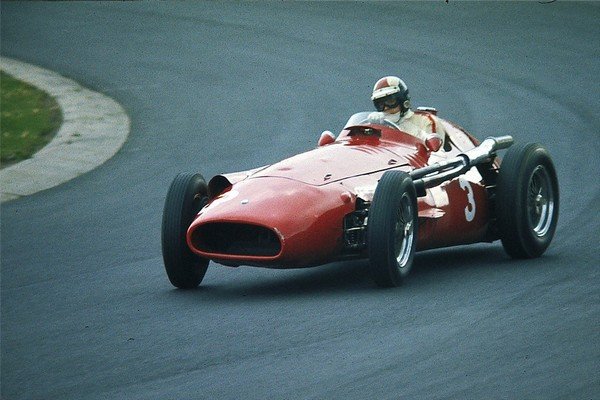
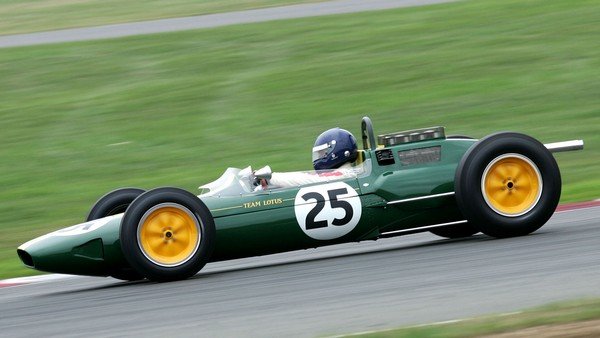
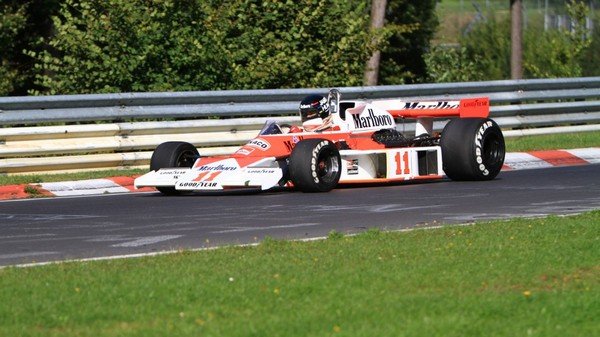
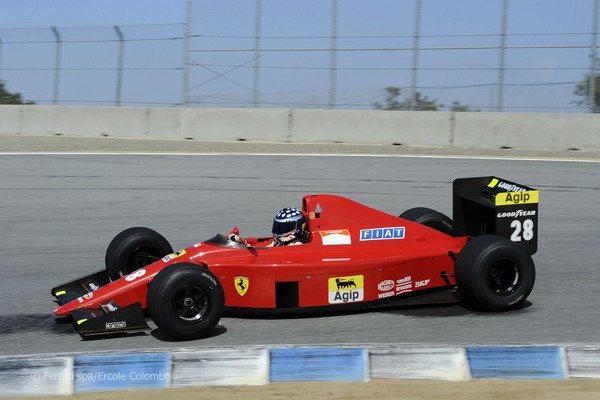
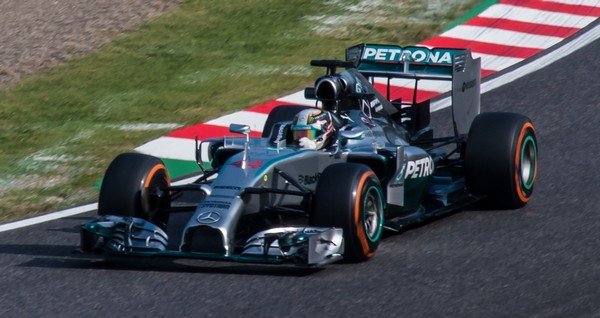
 Follow us on google news
Follow us on google news
